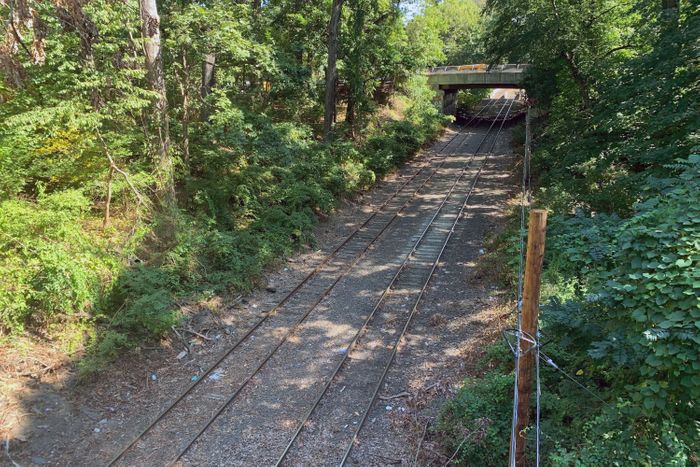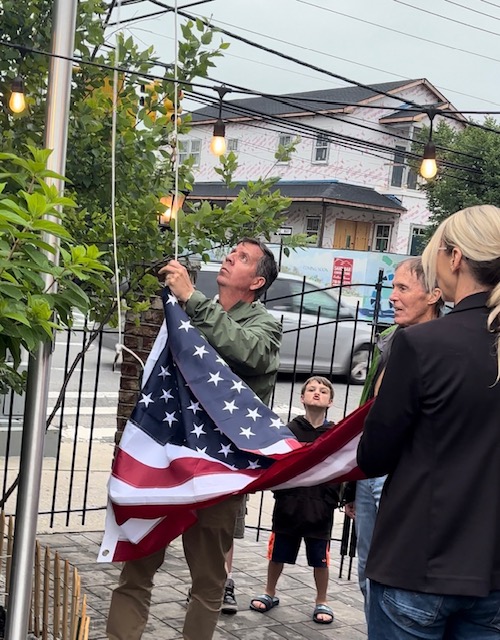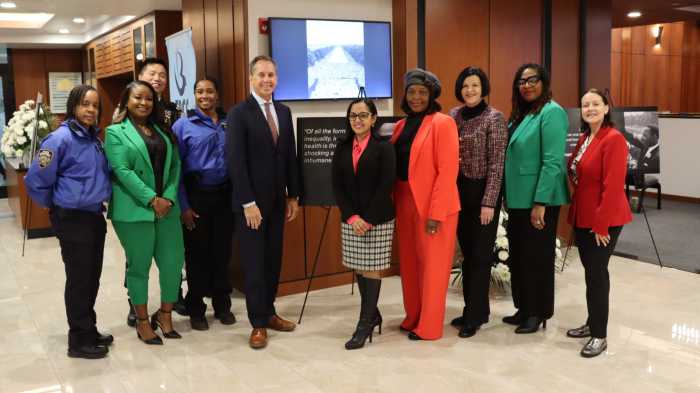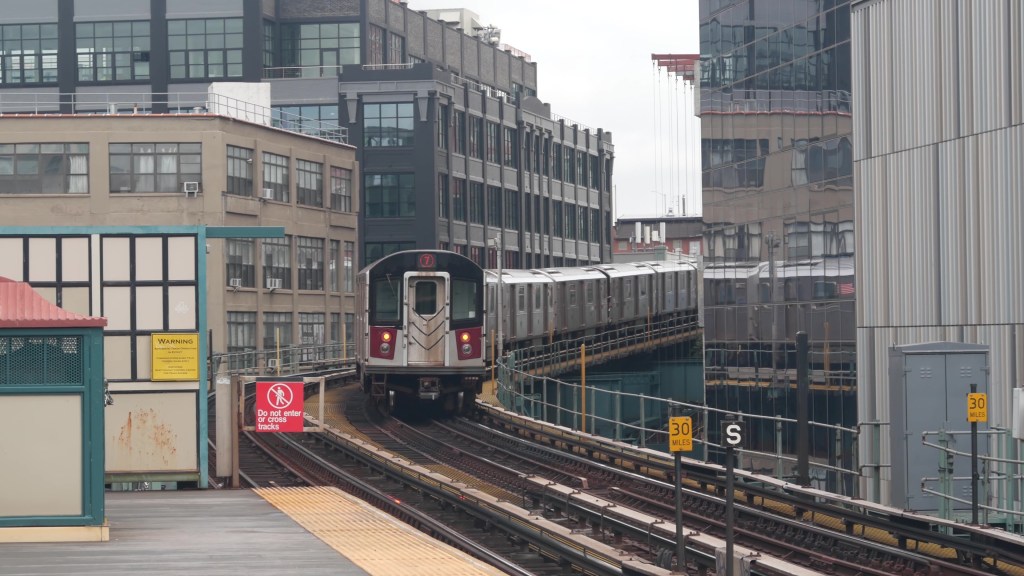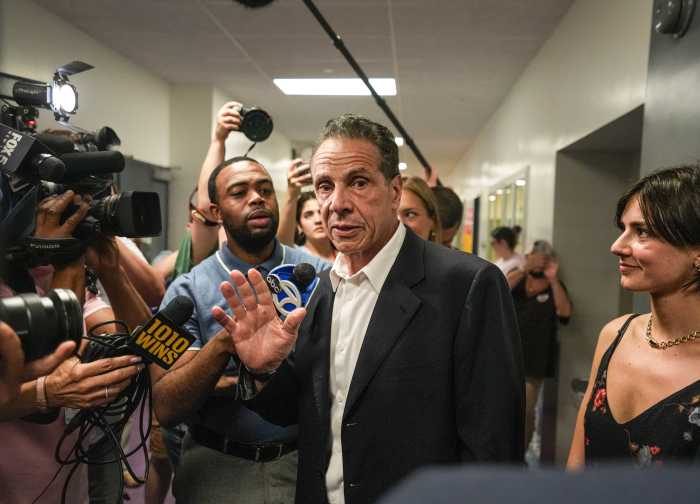By Jose Martinez, THE CITY

This story was originally published on Oct. 1, 2019 by THE CITY.
A long-delayed study into whether it’s possible to reactivate a dormant Queens rail spur is finally seeing light at the end of the tunnel, THE CITY has learned.
The MTA in 2016 committed to a planning and feasibility study looking at the potential use of the Long Island Rail Road’s former Rockaway Beach Branch, a 3.5-mile stretch of railway between Ozone Park and Rego Park that has been out of service since 1962.
The results of the study — for which the MTA awarded an $864,000 contract to Systra Engineering in October 2017 — were supposed to be made public last year. But MTA spokesperson Aaron Donovan told THE CITY the findings now will be released by the end of 2019.
“It’s like a national secret of some sort,” said Rick Horan, director of the Queens RAIL and WAY Task Force, which wants the space used for transit and parkland purposes. “Why is it delayed?”
Part of a larger MTA and Port Authority analysis about Kennedy Airport “one-seat ride” service, the study is examining “the operational and physical feasibility” of having commuter rail or subway trains run on the old Rockaway Beach Branch.
An Old, Popular Idea
The MTA wouldn’t say what has delayed the process.
“They’ve gone sort of radio silent and it’s very disappointing,” said Phillip Goldfeder, a former Queens assemblymember who pushed for reactivation of the line during his three terms in Albany. “This is something that is completely underutilized, something which could transform how people in some parts of Queens commute.”
Since Rockaway Beach Branch service ended 57 years ago, concepts for restoring the railway have been floated in different forms. Much of the space under what was once the LIRR’s Ozone Park station is now filled by small auto-related and scrap businesses.
“Seems like a waste of space up there,” said Barry Williams, 34, who works near the elevated structure. “Why not do something with it?”

Ozone Park resident Siniata Kishun, 55, noted, “People in the neighborhood could use another railroad. But it’s going to take a lot of money to fix.”
The revival of the rail spur was mentioned in a 2001 report commissioned by the MTA that examined the feasibility of “one-seat” direct-rail service between Manhattan and both city airports.
In 2013, the MTA again cited the Rockaway Beach Branch — this time in its 20-Year Capital Needs Assessment for 2015-2034 — as a potential link to existing subway, bus and rail lines.
Worth the Wait?
“Conversion of existing [rights-of-way], where a solution to an identified travel need can be identified, could help reduce land acquisition and construction costs and facilitate construction time in densely developed areas,” the 20-Year Needs report noted.
One estimate in the 2001 study is that it would take at least $250 million to reactive the long-dormant line.
“Everyone says it’s too expensive, that it’s going to take too long,” Horan said. “Well, you could say that about anything.”
The newly released $51 billion blueprint for the MTA’s next five-year capital program makes no mention of the Rockaway Beach Branch project.
Spokespersons for the Port Authority and Systra Engineering declined to comment on the long-running study. Assemblymember Stacey Pheffer Amato (D-Queens), who replaced Goldfeder, expressed optimism that the spur remains an eventual transit option.
“It has been a very long process and the deadline has long passed,” Pheffer Amato told THE CITY in a statement. “But it is my opinion that the agencies are getting the continued message from our advocacy and outpouring of demand from the community that they must give the Rockaway Beach Rail Line a serious look.”
This story was originally published by THE CITY, an independent, nonprofit news organization dedicated to hard-hitting reporting that serves the people of New York.

